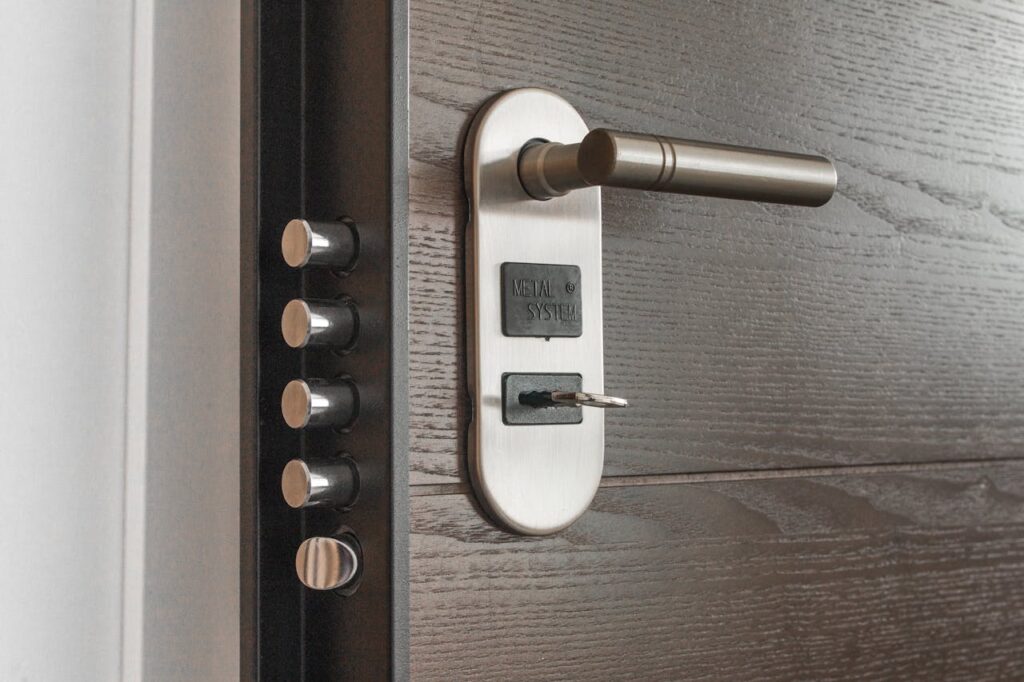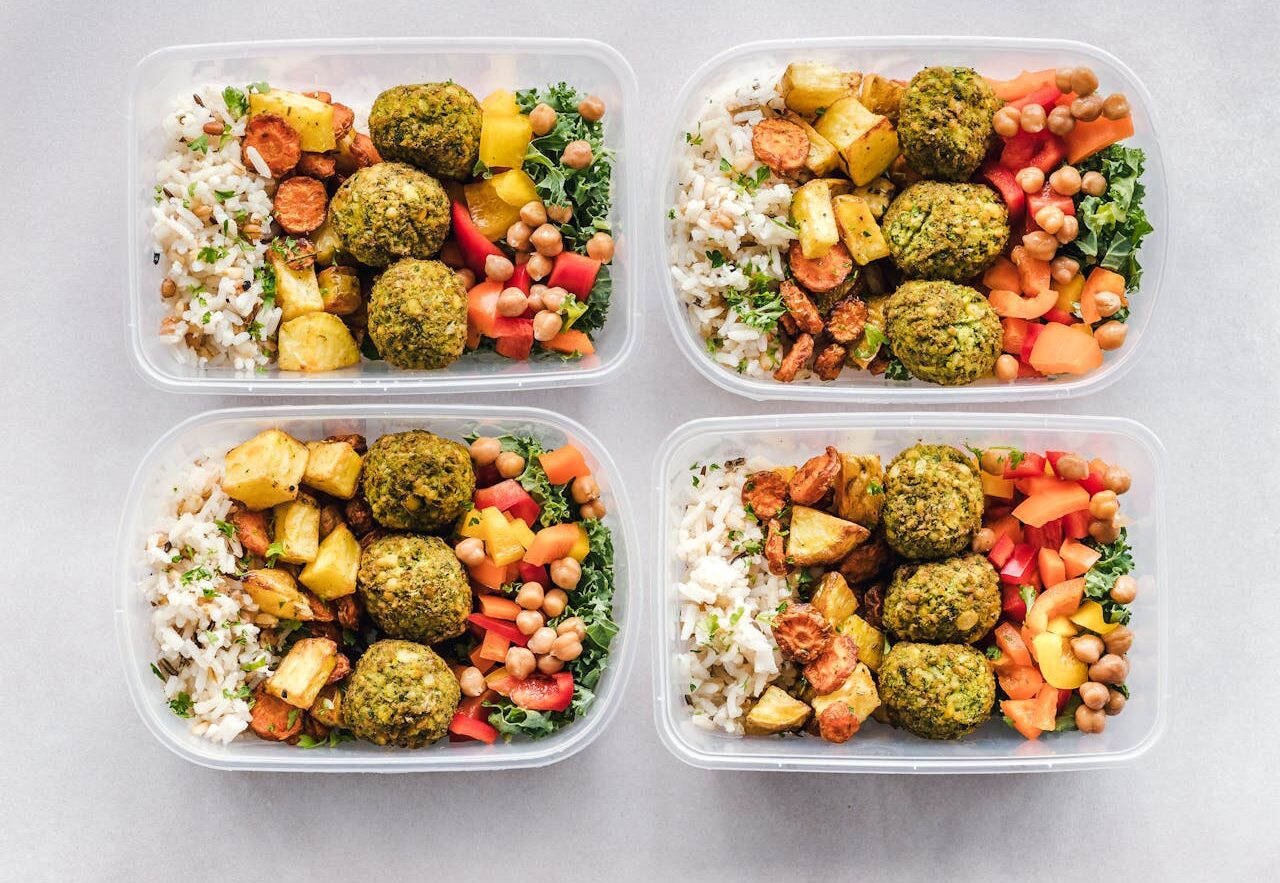How can I make my house safer for the elderly?
To make your house safer for the elderly, focus on eliminating hazards and improving accessibility. Remove clutter and secure loose rugs to prevent tripping.
Install grab bars in bathrooms and handrails on staircases. Ensure adequate lighting, especially in hallways and stairwells.
Use non-slip mats in bathrooms and kitchens. Place frequently used items within easy reach to avoid the need for climbing. Consider adding technology like medical alert systems and smart home devices for added security and convenience.
Regularly check smoke and carbon monoxide detectors and keep emergency contact information readily accessible.

Understanding the Importance of Home Safety
Home safety is a critical aspect of well-being, particularly for seniors. As people age, they become more susceptible to accidents and injuries within their homes, which can significantly impact their quality of life. Ensuring a safe living environment helps prevent falls, burns, and other common household accidents.
One of the key elements of home safety is the identification and mitigation of potential hazards. This includes securing loose rugs, installing grab bars in bathrooms, and ensuring adequate lighting in all areas of the home. Additionally, smoke and carbon monoxide detectors should be installed and regularly tested to prevent fire-related incidents and poisoning.
For seniors, home modifications can be particularly beneficial. Simple changes, such as placing frequently used items within easy reach and eliminating the need for step stools, can reduce the risk of falls. More extensive modifications, like installing stair lifts or walk-in bathtubs, may be necessary for those with limited mobility.
Regular safety checks and maintenance are also essential. This includes checking electrical cords for wear, ensuring appliances are in good working order, and keeping emergency numbers accessible. Family members and caregivers play a crucial role in maintaining a safe environment by conducting periodic home safety assessments and addressing any concerns promptly.
Understanding and implementing home safety measures not only protects physical health but also provides peace of mind, allowing individuals to live more independently and confidently in their own homes.
General Home Safety Tips
Ensuring a safe home environment is essential for everyone, especially for seniors and families with children. Here are some general home safety tips to help create a secure and comfortable living space:
- Keep walkways clear of clutter, cords, and rugs that can cause tripping.
- Install handrails on both sides of staircases and grab bars in bathrooms.
- Ensure proper lighting throughout the home, especially in hallways and staircases.
- Use non-slip mats in bathtubs and showers.
- Install smoke detectors on every level of the home and inside bedrooms
- Keep fire extinguishers in accessible locations, such as the kitchen and garage.
- Create and practice a fire escape plan with all household members.
- Avoid overloading electrical outlets and replace any frayed or damaged cords.
- Store cleaning supplies, medications, and chemicals out of reach of children and pets.
- Clearly label all containers and keep them in their original packaging.
- Install carbon monoxide detectors near sleeping areas and check them regularly.
- Lock doors and windows when leaving the house and at night.
- Install a peephole or a security camera at the front door to identify visitors.
- Use timers for lights to give the appearance of someone being home when you’re away.
- Keep a well-stocked first aid kit in an easily accessible location.
- Have a list of emergency contacts, including neighbors, family members, and local emergency services.
- Ensure that everyone knows how to turn off utilities like gas, water, and electricity in case of an emergency.
- Regularly check and maintain home appliances to ensure they are in good working condition.
- Inspect the home for potential hazards, such as loose railings or broken steps, and repair them promptly.
- Keep pathways and driveways clear of ice and snow during winter months to prevent slips and falls.
Room-by-Room Safety Tips
Home safety is crucial for the well-being of all household members, especially seniors and children. Addressing potential hazards in each room helps prevent accidents and injuries. By implementing specific safety measures tailored to the living room, kitchen, bathroom, bedroom, stairways, hallways, basement, and garage, you can create a secure and comfortable environment. These room-by-room safety tips will guide you in making your home a safer place for everyone.
Here is a table with room-by-room safety tips:
| Room | Safety Tip |
|---|---|
| Living Room | Furniture Placement: Arrange furniture to create clear pathways; avoid low tables in high-traffic areas. |
| Electrical Safety: Use surge protectors; keep cords out of walkways. | |
| Fire Safety: Keep space heaters away from curtains; use a screen for fireplaces. | |
| Kitchen | Fire Prevention: Never leave cooking unattended; keep a fire extinguisher within reach. |
| Child Safety: Use stove knob covers; lock cabinets with hazardous materials. | |
| Slip Prevention: Clean up spills immediately; use non-slip mats near sinks. | |
| Bathroom | Fall Prevention: Install grab bars; use a non-slip mat in the bathtub. |
| Medication Safety: Store medications in a locked cabinet; dispose of expired medications properly. | |
| Water Safety: Set water heater temperature to 120°F or lower; ensure good ventilation. | |
| Bedroom | Accessibility: Keep a phone and flashlight within reach of the bed; arrange furniture for easy movement. |
| Fire Safety: Install a smoke detector; use battery-operated candles. | |
| Fall Prevention: Use nightlights to illuminate paths; ensure the bed height allows for easy getting in/out. | |
| Stairways/Hallways | Lighting: Ensure areas are well-lit; install motion-sensor lights. |
| Handrails/Guardrails: Install sturdy handrails; ensure guardrails are secure. | |
| Clutter-Free: Keep areas clear of objects; secure carpets or runners. | |
| Basement/Garage | Tool/Chemical Safety: Store tools and chemicals in locked cabinets; label all containers clearly. |
| Fire Safety: Install a fire extinguisher and carbon monoxide detector; avoid storing flammable materials. | |
| Trip/Fall Prevention: Keep floors dry and clutter-free; ensure adequate lighting. |
Technology for Home Safety
Ensuring home safety for seniors is a crucial aspect of maintaining their independence and well-being. Here are some technologies that can enhance home safety for seniors:
1. Medical Alert Systems
- Description: Devices that allow seniors to call for help in an emergency.
- Features: Wearable pendants or bracelets, fall detection, GPS tracking, two-way communication.
2. Smart Home Devices
- Smart Speakers: Voice-activated assistants (e.g., Amazon Echo, Google Home) for controlling home devices and setting reminders.
- Smart Lights: Motion-activated or voice-controlled lights to prevent falls at night.
- Smart Locks and Doorbells: Remote access and monitoring of home entry points.
3. Home Security Systems
- Description: Comprehensive systems that include cameras, motion sensors, and alarms.
- Features: Remote monitoring, emergency alerts, integration with other smart home devices.
4. Fall Detection Devices
- Description: Wearable or home-installed sensors that detect falls and automatically alert emergency services or caregivers.
- Examples: Wearable pendants, under-mattress sensors, bathroom sensors.
5. Medication Management Systems
- Description: Devices that help seniors manage their medication schedules.
- Features: Automated pill dispensers, reminder alerts, integration with medical alert systems.
6. Environmental Sensors
- Description: Sensors that detect environmental hazards such as smoke, carbon monoxide, and water leaks.
- Features: Alerts to smartphones or emergency services, integration with home security systems.
7. Telehealth and Remote Monitoring
- Description: Systems that allow seniors to have virtual consultations with healthcare providers.
- Features: Remote vital sign monitoring, video calls, health tracking apps.
8. Mobility Aids with Technology Integration
- Smart Canes and Walkers: Devices equipped with GPS, fall detection, and emergency buttons.
- Motorized Wheelchairs: Wheelchairs with advanced navigation and safety features.
9. Home Automation Systems
- Description: Centralized systems that control various aspects of the home environment.
- Features: Automated climate control, security, lighting, and appliance management.
10. Virtual Companions
- Description: AI-driven devices that provide companionship and monitor well-being.
- Examples: Robots or smart displays that can engage in conversation, provide reminders, and monitor activity levels.
Emergency Preparedness
Emergency preparedness is vital for seniors, as they may have specific needs and limitations that require special consideration. Here are essential steps to ensure seniors are prepared for emergencies:
1. Develop a Personalized Emergency Plan
a. Assess Needs
Identify any specific medical, mobility, or dietary needs. Consider the senior’s daily routine and how it might be disrupted in an emergency.
b. Create a Support Network
Establish a network of family, friends, and neighbors who can check on the senior during an emergency. Share the emergency plan with them.
c. Plan for Different Scenarios
Prepare for various types of emergencies, such as natural disasters, power outages, and medical crises. Have a plan for evacuation and know the local emergency shelters.
2. Emergency Contact Information
a. Maintain a Contact List
Keep a list of emergency contacts, including family members, neighbors, doctors, and emergency services, in an easily accessible location.
b. Emergency Numbers
Ensure the senior knows how to contact emergency services. Consider programming important numbers into their phone.
3. Emergency Supplies Kit
a. Basic Supplies
Assemble an emergency kit with essentials such as water, non-perishable food, medications, a flashlight, batteries, and a first aid kit.
b. Medical Supplies
Include any necessary medical supplies, such as prescription medications, hearing aids with extra batteries, glasses, and mobility aids.
c. Personal Documents
Keep copies of important documents, such as medical records, identification, insurance policies, and a list of medications, in a waterproof container.
4. Communication Plan
a. Staying Informed
Ensure the senior has access to reliable information sources, such as a battery-operated radio, to receive emergency alerts and updates.
b. Regular Check-Ins
Establish a routine for regular check-ins with family or friends, especially during times of potential emergencies.
5. Home Safety Enhancements
a. Smoke and Carbon Monoxide Detectors
Install and regularly test smoke and carbon monoxide detectors. Replace batteries at least once a year.
b. Fire Extinguisher
Keep a fire extinguisher in an easily accessible location and ensure the senior knows how to use it.
c. Escape Routes
Identify and practice escape routes from each room in the home. Ensure pathways are clear and accessible.
6. Mobility and Accessibility
a. Evacuation Aids
If the senior has mobility issues, consider evacuation aids such as a wheelchair, walker, or transport chair.
b. Assistance During Evacuation
Plan for who will assist the senior during an evacuation. Ensure they have access to any necessary mobility aids.
7. Special Considerations for Dementia or Cognitive Impairments
a. Clear Instructions
Provide clear, simple instructions for what to do in an emergency. Use visual aids if helpful.
b. Identification
Ensure the senior has identification and contact information on them at all times, in case they become separated from their caregivers.
c. Familiar Items
Include familiar items in the emergency kit to help reduce anxiety, such as a favorite blanket or family photos.
8. Regular Drills and Reviews
a. Practice the Plan
Regularly practice the emergency plan with the senior and their support network. Familiarity with the plan can reduce anxiety and improve response times during an actual emergency.
b. Review and Update
Review and update the emergency plan and kit at least once a year, or whenever there are changes in the senior’s health or living situation.
Conclusion
Creating a safe home environment for seniors involves a combination of practical modifications, technology, and proactive measures. By addressing potential hazards and planning for emergencies, seniors can enjoy greater independence and peace of mind. Families and caregivers should work together to ensure the home is a place of safety and comfort, allowing seniors to live their golden years with confidence and security.
Related Articles

What Is The Cheapest Way For A Senior To Live?
How to Cut Costs and Live Comfortably Seniors can reduce living costs by choosing subsidized senior housing, moving in with family, or house-sharing

What Is The Average Cost Of Senior Living In Florida?
Senior Living in Florida: Costs and Types Florida offers several senior living options: Independent Living ($2,545/month) for active seniors, Assisted Living

What is the Average Cost of Senior Living in California?
How much is senior housing in California? The average monthly cost of senior housing in California varies by type: assisted living costs about $5,495, independent

Cost-Effective Meal Planning and Nutrition for Seniors
How Can Seniors Eat Healthy On A Budget? Seniors can eat healthy on a budget by planning meals in advance, buying in bulk





